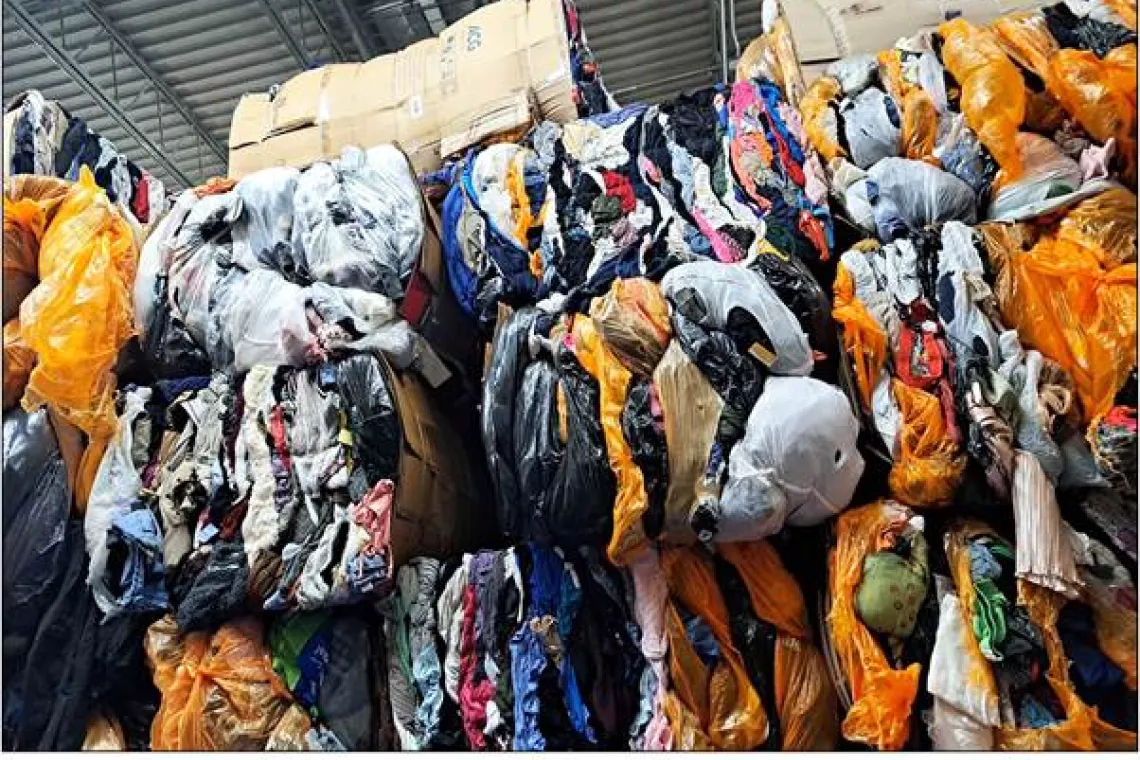Federal Government Efforts to Reduce Emissions from Coal-Fired Power Plants
Coal-fired power plants release carbon dioxide, mercury, and other emissions that can harm human health. The Environmental Protection Agency (EPA) recently reported that emissions from power plants have increased from 2020 to 2021, reflecting growth in coal-fired power generation.
Today’s WatchBlog post looks at two of our recent reports on federal efforts to reduce emissions from coal-fired power plants.
Image

Two federal efforts to incentivize emissions reductions
Tax Credits. The production of refined coal, which could help reduce emissions, can qualify some producers for tax credits. The coal “refining” process involves mixing chemical and other additives with conventional coal, a technique meant to reduce pollution when it is burned. Producers of refined coal have claimed nearly $9 billion in tax credits since 2010.
To claim these credits, refined coal producers must certify that they met required emissions reductions. However, we found that the testing method producers typically used limited the federal government's understanding of actual emissions reductions achieved at power plants.
We also found that while this tax credit has been available since 2004, the IRS, Treasury, EPA, and the Department of Energy (DOE) had not reviewed whether the credit had achieved its intended purpose.
If Congress reinstates or retroactively extends the tax credit, which expired December 31, 2021, we think it’s important that agencies involved in implementing the tax credit conduct a coordinated review of the program to help determine if changes are needed.
Carbon Capture and Storage (CCS). CCS technology involves capturing carbon dioxide generated by human activities at its source—for example, coal-fired power plants or industrial facilities—and storing it permanently underground in geologic formations, such as depleted oil and gas reservoirs. However, implementing CCS technologies at coal-fired power plants—whether by building new facilities or retrofitting existing ones—has proven to be a challenge largely due to external factors that negatively affected their economic viability.
Since 2009, DOE has invested $1.1 billion in 11 projects to demonstrate CCS technology use at coal-fired power plants and industrial facilities.
However, the majority of these projects were not successful. Specifically, DOE initially committed to 8 coal projects—mostly new power plants with carbon capture equipment— but 7 were not built, largely because coal power became less economically viable than competing energy sources such as natural gas. We found that DOE also spent about $472 million—almost $300 million more than planned—on 4 coal facilities that were never built.
We found that a key reason for these overruns was DOE senior management’s decision to bypass cost controls designed to limit the department’s financial exposure in order to help struggling coal projects. We made two recommendations to help DOE improve its processes to avoid future major cost escalations. First, we recommended that DOE allow adequate time for negotiations prior to funding projects and not commit to funding projects at their initial selection. We also recommended that DOE take actions to more consistently administer future CCS demonstration projects against established scopes, schedules, and budgets. DOE indicated that it is working to establish a new Office of Clean Energy Demonstrations that will be best positioned to evaluate our recommendations and develop a corrective action plan.
- Comments on GAO’s WatchBlog? Contact blog@gao.gov.
GAO Contacts
Related Products

GAO's mission is to provide Congress with fact-based, nonpartisan information that can help improve federal government performance and ensure accountability for the benefit of the American people. GAO launched its WatchBlog in January, 2014, as part of its continuing effort to reach its audiences—Congress and the American people—where they are currently looking for information.
The blog format allows GAO to provide a little more context about its work than it can offer on its other social media platforms. Posts will tie GAO work to current events and the news; show how GAO’s work is affecting agencies or legislation; highlight reports, testimonies, and issue areas where GAO does work; and provide information about GAO itself, among other things.
Please send any feedback on GAO's WatchBlog to blog@gao.gov.




